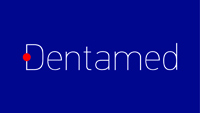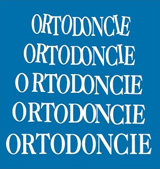

|
|
|
|
|
| Main Information | |
| Congress Venue | |
| Important dates | |
| Congress Course | |
| Keynote lectures | |
| Short lectures | |
| Poster section | |
| Preliminary schedule | |
| Social programme | |
| Registration | |
| Visa requirements | |
| CoViD-19 information | |
| Accommodation | |
| Instructions for authors | |
| Online Abstract form | |
| Partnership and exhibition | |
| Gold partner | |
| Bronze partner | |
| Partner | |
| Documents | |
| Contacts | |
|
|
|
About Prague
|
|
|
|
|
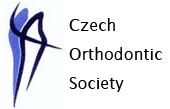 The Congress is organised by the Czech Orthodontic Society |
|
|
|
|


The Congress is supported by: Czech Academy of dental esthetics Czech Society of dentoalveolar surgery |
|
|
|
|
 The congress is under patronage of the Charles University in Prague |
|
|
|
|
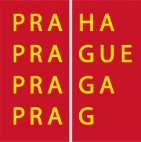 The congress is held with the financial support of the capital Prague |
|
Autotransplantation of teeth
Mitsuhiro Tsukiboshi
Congress Course - Thursday, May 19, 2022
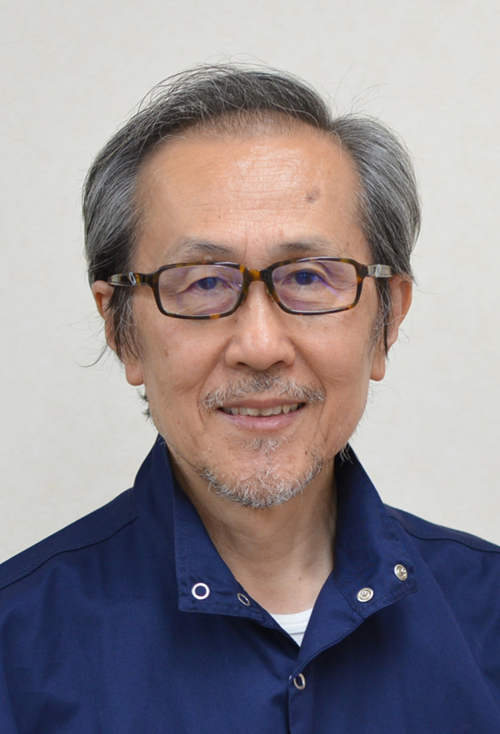
About author:
Dr. Tsukiboshi is a graduate of Osaka University School of Dentistry in 1976. He earned a PhD in dental materials from Kyoto University in 1980 and has been engaged in private practice since 1981. Dr. Tsukiboshi’s interest in dental traumatology and autotransplantation has led to extensive clinical involvement, course presentations and publications. Dr. Tsukiboshi has lectured extensively on dental trauma and autotransplantation; he has authored many articles and two textbooks, one on dental trauma in 1998 and one on autotransplantation in 2000. The books have been published in several languages, including English. Dr. Tsukiboshi is a visiting lecturer at Osaka University and Loma Linda University since 1998 and is the President of the International Association of Dental Traumatology in 2009 and 2010. Dr. Tsukiboshi is certified as an adjunctive assistant professor of Western university in USA in 2012 and a clinical professor of the dental school of Tohoku University from 2015-2018.
Abstract of the congress course:
Complex treatment plans in implant often include situations where the choices of autotransplantation of teeth (ATT) have been overlooked. If recipient sites are jeopardized for placing implants, more time, cost and techniques are required. However, if there is a good candidate as a donor tooth found in the same mouth, transplantation can be the more appropriate option than implant. For example, the case where sinus lifting or ridge augmentation is indicated can be preferable and advantageous for ATT. If patients are younger than twenty, implant is hardly indicated. There are two more families of ATT; intentional replantation and surgical extrusion, in which the wound healing mechanism is almost same. Jeopardized teeth, themselves may be able to be preserved with those techniques. In my presentation, the advantages, wound healing, techniques, indications and prognosis will be discussed. The lecture will be extensively illustrated with many clinical cases of ATT, intentional replantation and surgical extrusion.
Learning objects:
- Understand Advantages of ATT over implants
- Learn the wound healing in ATT
- Learn the techniques of ATT for success
- Recognize clinical situations suitable for ATT, intentional replantation
- and surgical extrusion
- Evaluate the prognosis of ATT
